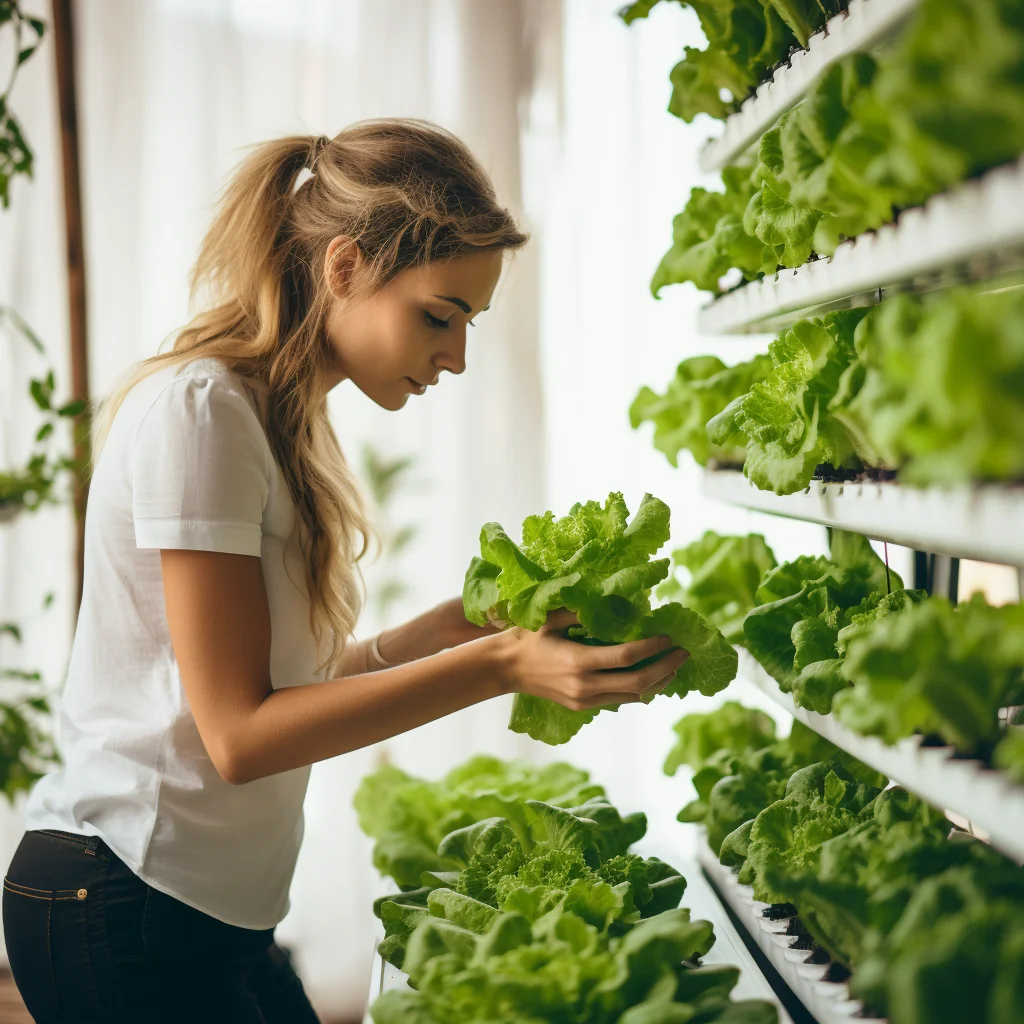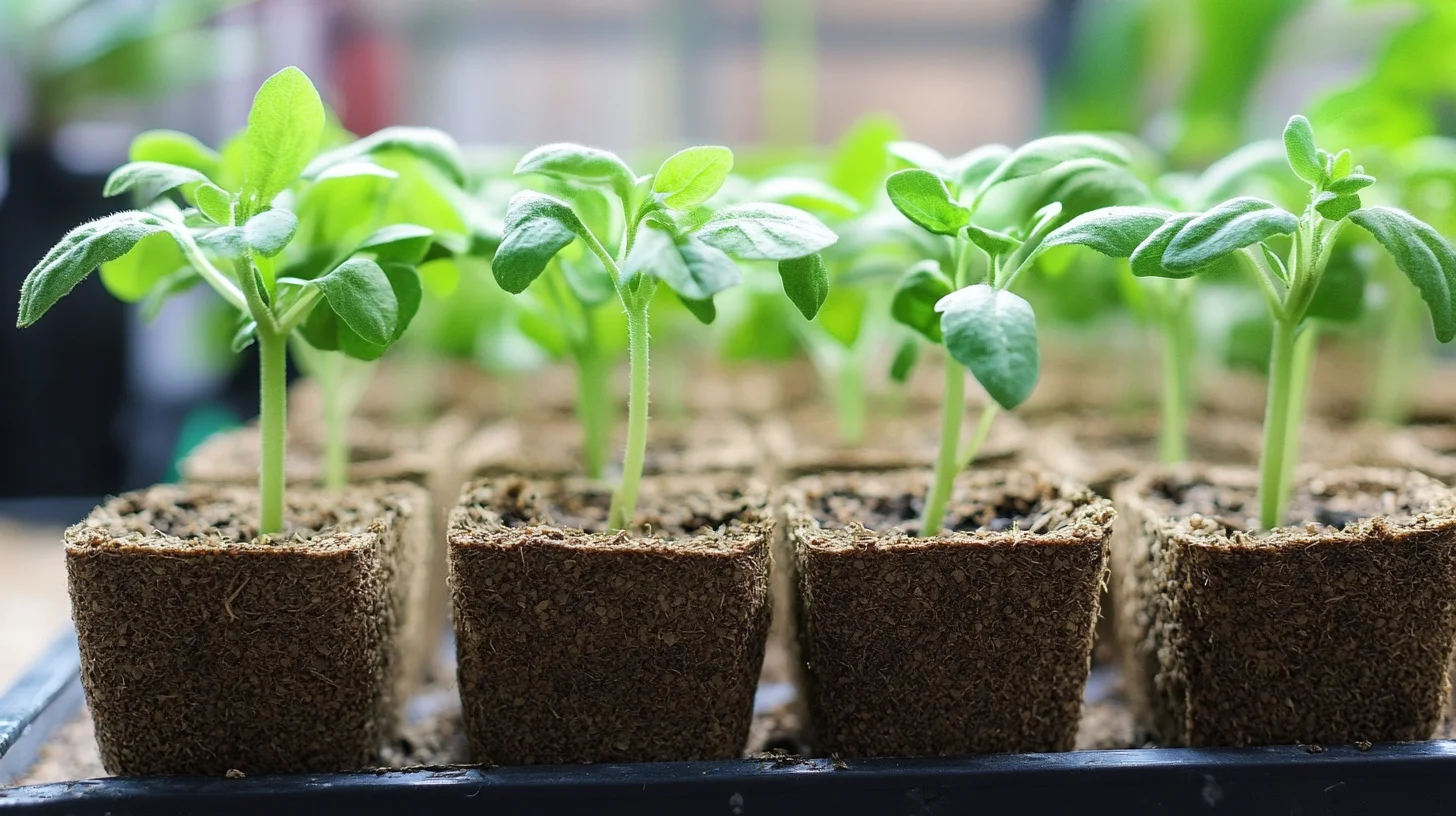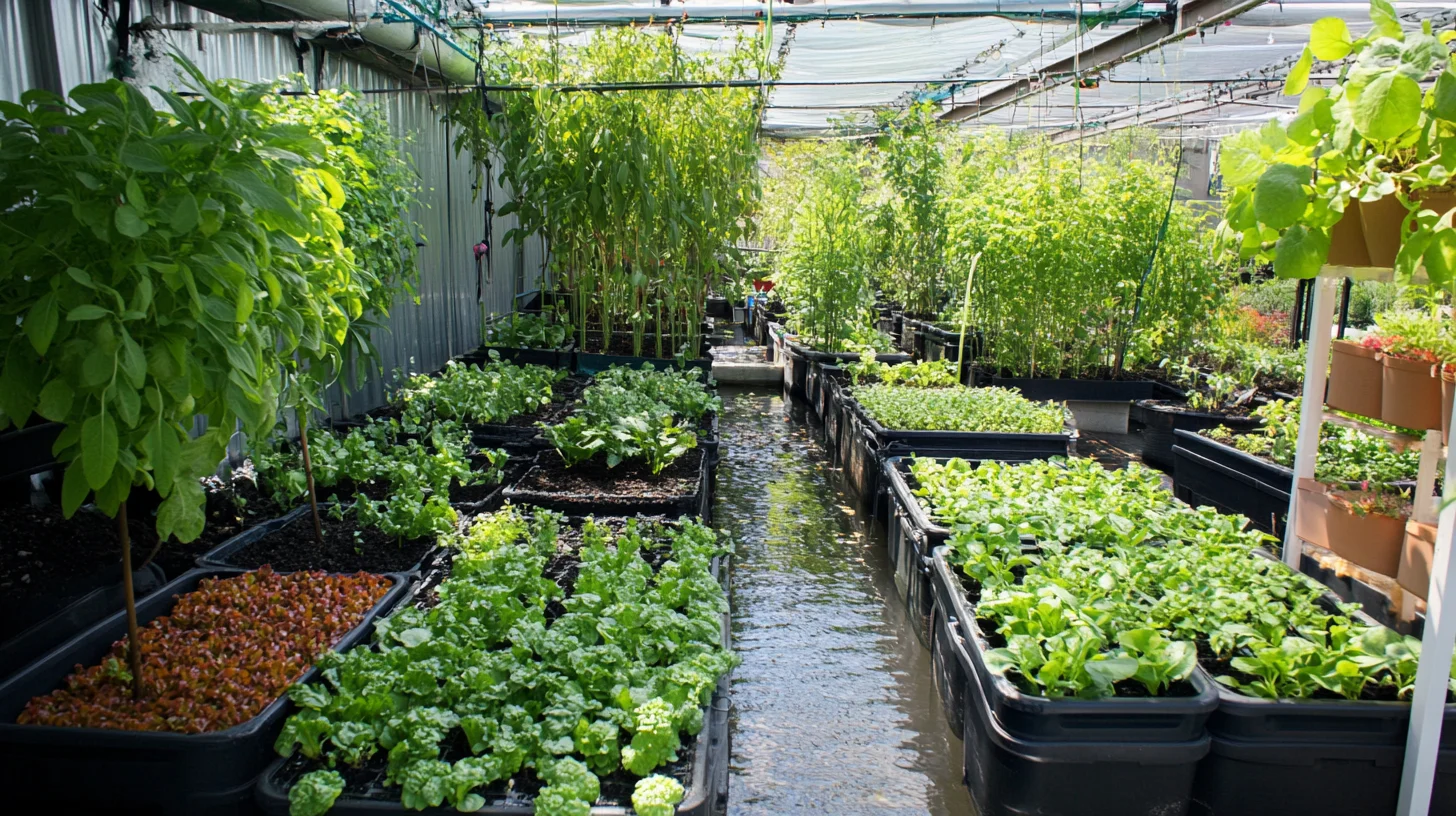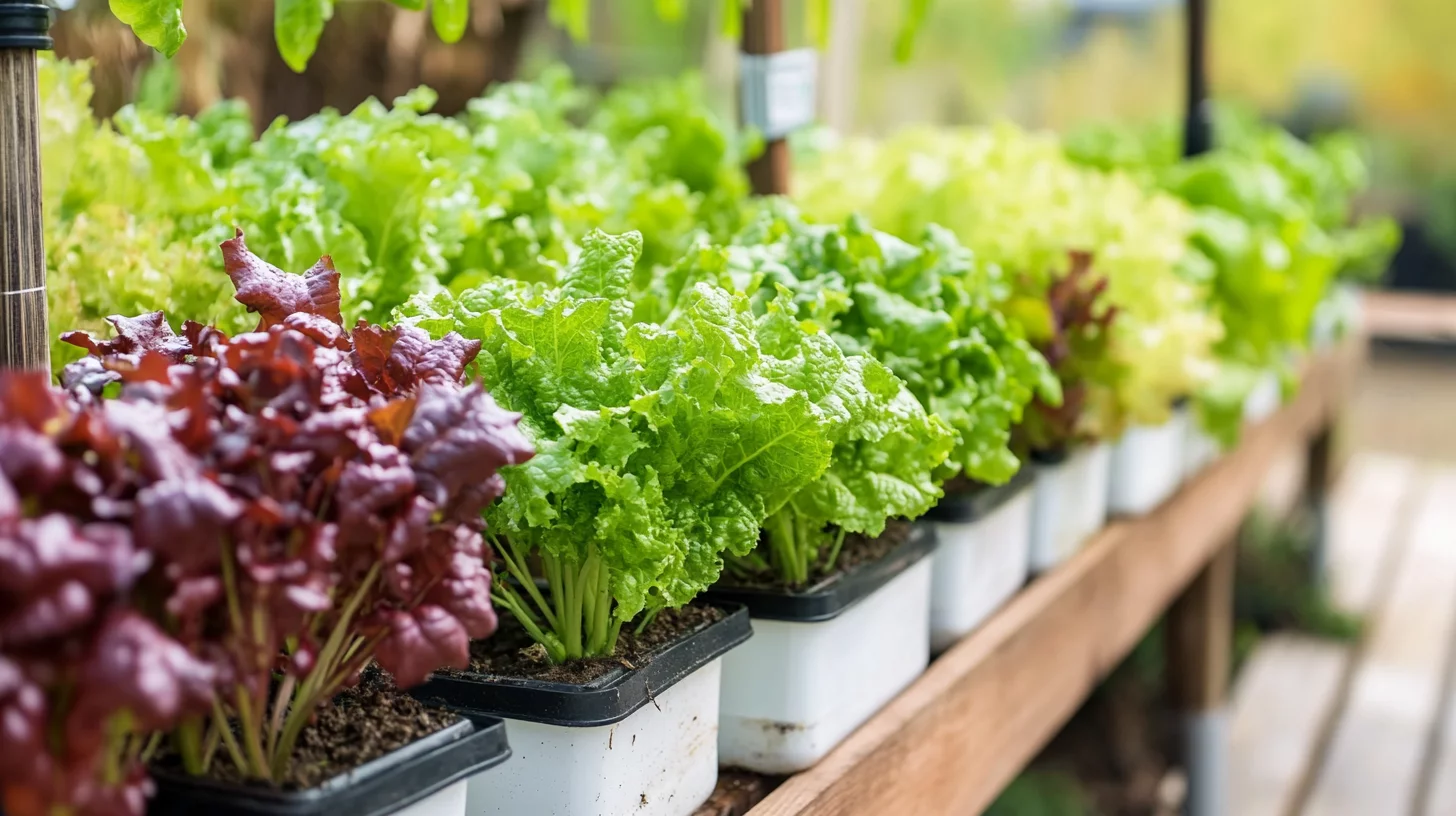Introduction
In recent years, the interest in hydroponic vegetables and sustainable agriculture has been on the rise. This surge in popularity is largely due to the increasing awareness of food access issues and the spike in food-related illnesses in the U.S. This blog post aims to shed light on the nutritional value of hydroponically grown vegetables and compare them with their soil-grown counterparts. We’ll delve deep into the world of hydroponics, exploring everything from nutrient mixes to the taste of fresh veggies grown in controlled environments.
| Aspect | Hydroponic Gardening | Soil Gardening |
|---|---|---|
| Growth Rate | 30-50% faster | Standard growth rate |
| Water Usage | Uses 70-90% less water | Requires significant water quantity |
| Nutrient Content Example | ||
| – Vitamin C (mg per 100g) | 60 (Can vary based on conditions) | 54 |
| – Potassium (mg per 100g) | 450 (Controlled conditions) | 421 |
| Pesticide Usage | Significantly lower | Higher due to soil pests |
| Yield | High (Controlled environment) | Variable (Weather-dependent) |
| Space Required | Less (Vertical farming capability) | More (Due to natural spread) |
| Environmental Impact | Lower (Recycled water, less land) | Higher (Deforestation, water run-off) |
| Seasonal Dependency | None (Year-round production) | High (Dependent on weather conditions) |
| Risk of Contamination | Lower (Controlled conditions) | Higher (Open to environmental factors) |
Understanding Hydroponic Gardening
Hydroponic gardening is a method of growing plants without soil. Instead, plants are grown in a nutrient mix that provides all the necessary minerals for their growth. This method allows for faster growth and harvesting compared to traditional methods. In traditional gardening, plants obtain nutrients from the soil. However, in hydroponics, nutrients are directly delivered to the plant’s roots, leading to more efficient nutrient absorption.
Hydroponic systems come in various forms, including nutrient film technique (NFT), deep water culture (DWC), and aeroponics. In NFT systems, a thin film of nutrient-rich water flows over the roots of the plants, allowing them to absorb the necessary nutrients. DWC systems, on the other hand, submerge the plant’s roots in nutrient-rich water. Aeroponics systems mist the roots with a nutrient solution, providing the necessary elements for growth.
The Health Benefits and Nutritional Value of Hydroponic Gardening
Many studies have compared the nutritional value of hydroponically grown vegetables with those grown in soil. The consensus is that the nutritional value of hydroponic vegetables can be equal or even superior to soil-grown vegetables. Factors such as freshness due to proximity to the market and controlled growth conditions in hydroponics can significantly impact the nutrient content.
For instance, a study by Buchanan in 2013 found that hydroponically grown lettuce had a higher vitamin C content than its soil-grown counterpart. This is likely due to the controlled environment in which hydroponic plants are grown, allowing for optimal nutrient absorption. Additionally, hydroponic vegetables have been found to have higher levels of certain minerals, such as potassium and calcium, compared to their soil-grown counterparts.
In terms of macronutrients, hydroponic vegetables tend to have similar levels of carbohydrates, proteins, and fats as soil-grown vegetables. However, the controlled environment in hydroponics can lead to higher levels of certain phytonutrients, such as antioxidants, which are beneficial for human health.
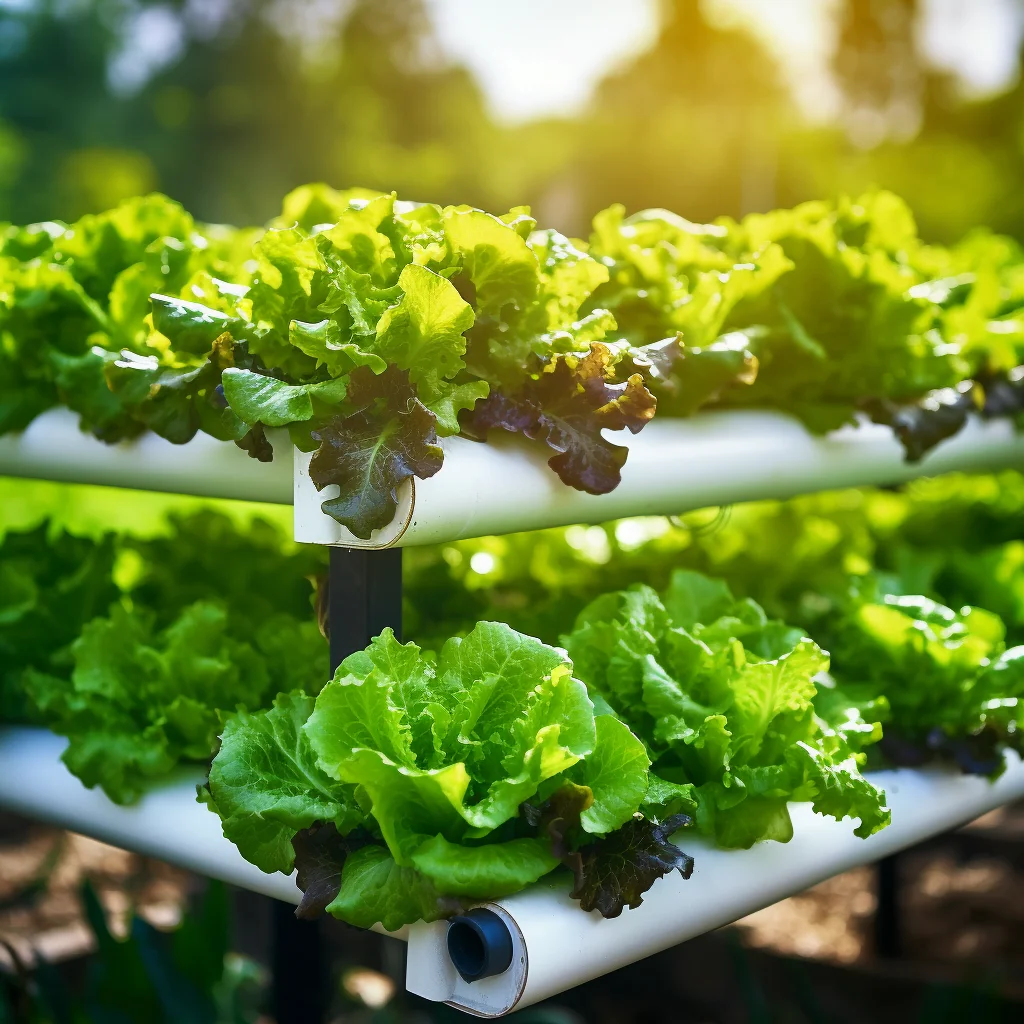
Lighting in Hydroponic Farming
Light plays a crucial role in plant growth and nutrition. In hydroponic farming, both artificial light and sunlight are used to foster plant growth. Plants grown under different lighting conditions, such as LED and natural sunlight, can exhibit different growth rates and nutritional content.
Artificial lighting is commonly used in indoor hydroponic systems where sunlight may not be readily available. LED lights have gained popularity due to their energy efficiency and ability to provide specific light wavelengths that promote plant growth. By adjusting the light spectrum, hydroponic growers can optimize the nutritional content of their produce.
A study conducted by the University of Arizona compared the nutritional content of lettuce grown under LED lights and natural sunlight. The study found that lettuce grown under LED lights had higher concentrations of certain nutrients, such as vitamin C and carotenoids, compared to those grown under natural sunlight. This suggests that LED illumination can enhance the nutritional value of hydroponically grown vegetables.
Organic versus Conventional Nutrient Solutions in Hydroponics
In hydroponics, nutrient solutions replace soil for plant growth. These solutions can be either organic or conventional. Organic nutrient solutions, also known as nitrified nutrients, are derived from natural sources and are generally considered safer and more environmentally friendly. However, using organic solutions in hydroponics can pose challenges due to the need for bacterial action typically provided by soil.
Conventional nutrient solutions, on the other hand, are formulated with synthetic compounds that provide the necessary minerals for plant growth. These solutions can be tailored to meet the specific nutritional needs of different plant varieties. While conventional nutrient solutions may not have the same organic certification as nitrified nutrients, they are still widely used in hydroponic farming.
The choice between organic and conventional nutrient solutions depends on various factors, including the grower’s preferences, the specific crop being grown, and the availability of organic options. Both organic and conventional nutrient solutions can provide adequate nutrition for hydroponic plants, as long as proper nutrient management practices are followed.
Hydroponic Produce in the Retail Market
There are several misconceptions about the use of chemicals in hydroponic farming. In reality, hydroponic farming methods can significantly reduce the use of chemicals and pesticides. This is largely due to the controlled environment in which hydroponic plants are grown, reducing the need for pesticides and thereby minimizing pesticide residues on the produce.
Hydroponic produce has gained popularity in the retail market due to its freshness and nutritional value. With hydroponics, it is possible to grow vegetables closer to the market, reducing the time between harvest and consumption. This results in fresher produce that retains more of its nutritional value compared to vegetables that have traveled long distances.
Furthermore, hydroponic farming allows for year-round production, regardless of seasonal limitations. This means that consumers can enjoy a consistent supply of fresh, locally grown vegetables even during the winter months when traditional farming may be challenging.
Food Safety and Hydroponic Farming
One of the significant advantages of hydroponic farming is the ability to control the environment, thereby preventing contamination. In traditional soil-based farming, the risk of contamination from pathogens, such as E.coli, is higher due to potential fecal contamination or contaminated irrigation water. In hydroponic systems, the risk of such contamination is significantly reduced.
The romaine lettuce recall in 2018, which was linked to an outbreak of E.coli, highlighted the potential risks associated with soil-based farming. In contrast, hydroponic farming significantly reduces the risk of such contamination, making it a safer option for growing vegetables. The controlled environment in hydroponics, including the use of filtered water and proper hygiene practices, minimizes the chances of microbial contamination.
Additionally, hydroponic farming eliminates the need for soil, reducing the risk of soil-borne diseases and pests. This further enhances the safety and quality of the produce, making it a reliable choice for health-conscious consumers.
Managing Hydroponic Water Systems
Managing the water systems in hydroponic farming is crucial to prevent ecological problems and ensure the health of the plants. Hydroponic systems use water more efficiently than traditional farming methods, but the nutrient-rich water can pose environmental concerns if not properly managed.
One important aspect of managing hydroponic water systems is nutrient management. The nutrient solution needs to be properly balanced to provide all the necessary minerals for plant growth while avoiding nutrient imbalances that can harm the plants. Regular monitoring of nutrient levels and pH is essential to ensure optimal plant nutrition.
Another consideration in managing hydroponic water systems is water conservation. Hydroponic systems can be designed to recirculate the water, reducing water usage compared to traditional farming. Implementing water-saving techniques, such as using water-efficient irrigation methods and collecting rainwater, can further enhance the sustainability of hydroponic farming.
Analyzing Specific Studies and Their Findings on Hydroponic Gardening
Several studies have compared the nutritional quality of hydroponically grown vegetables with those grown in soil. These studies provide valuable insights into the potential benefits of hydroponic gardening.
For example, a study conducted by Treftz in 2015 compared the nutritional quality of hydroponically grown strawberries and raspberries with their soil-grown counterparts. The study found that hydroponically grown berries had higher levels of antioxidants, including vitamin C and phenolic compounds, compared to soil-grown berries. This suggests that hydroponic farming methods can enhance the nutritional value of certain fruits.
Similarly, a study by Premuzic in 1998 examined the vitamin content of hydroponically grown tomatoes and lettuce. The study found that hydroponically grown tomatoes had higher levels of vitamin C and carotenoids compared to soil-grown tomatoes. Hydroponically grown lettuce also showed higher levels of vitamin C compared to its soil-grown counterpart. These findings indicate that hydroponic farming can potentially boost the vitamin content of certain vegetables.
The Future of Hydroponic Gardening
The future of hydroponic gardening looks promising. With advancements in technology and increasing demand for sustainable food production, hydroponics is expected to play a significant role in meeting the world’s food needs.
One exciting prospect is the potential to grow “superfoods” in hydroponic systems. Superfoods, such as kale, spinach, and blueberries, are known for their high nutritional value. With hydroponics, it is possible to create optimal growing conditions for these nutrient-dense crops, maximizing their nutritional content.
Furthermore, sustainable practices like aquaponics and Integrated Agri-Aquaculture Systems (IAAS) are gaining traction in the agricultural industry. These systems combine hydroponics with aquaculture, creating a symbiotic relationship between fish farming and plant cultivation. The fish waste provides nutrients for the plants, while the plants filter the water for the fish. This integrated approach can enhance the sustainability and efficiency of food production.
Frequently Asked Questions
- What is root rot? Root rot is a disease that affects the roots of plants, causing them to decay. In hydroponic systems, it can be prevented by ensuring proper oxygenation of the nutrient solution and maintaining optimal pH levels.
- Do I need to wash hydroponically grown vegetables? Yes, it’s always a good idea to wash all produce before consumption, including hydroponically grown vegetables. This helps remove any potential contaminants and ensures food safety.
- What is the taste of hydroponically grown vegetables like? Many people find that hydroponically grown vegetables have a fresher and more vibrant taste compared to their soil-grown counterparts. The controlled environment in hydroponics allows for optimal nutrient absorption, resulting in flavorful produce.
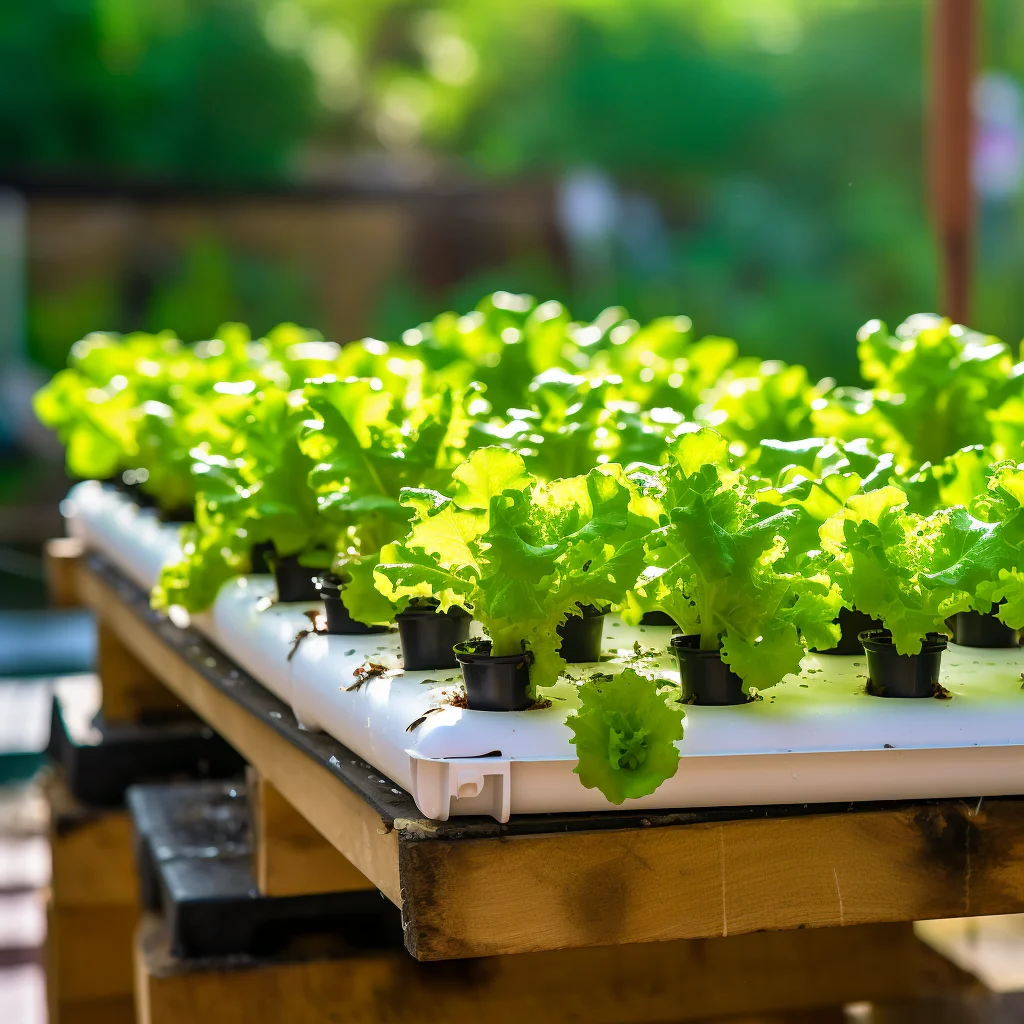
Conclusion
In conclusion, hydroponic gardening offers a sustainable and efficient method of producing vegetables with high nutritional value. While there are challenges associated with hydroponic farming, such as managing water systems and ensuring the safety of the produce, the benefits far outweigh the drawbacks. As we move towards a more sustainable future, hydroponic gardening will undoubtedly play a crucial role in food production.
To learn more about hydroponic gardening and how you can get involved, feel free to connect with us. Let’s work together to promote sustainable, health-oriented food production through hydroponic farming. By embracing hydroponics, we can contribute to a healthier planet and provide customers with valuable, nutrient-rich produce.
